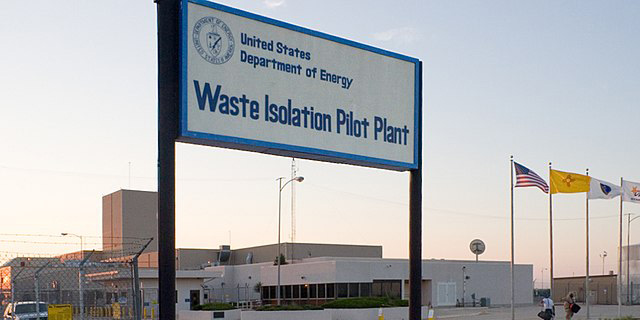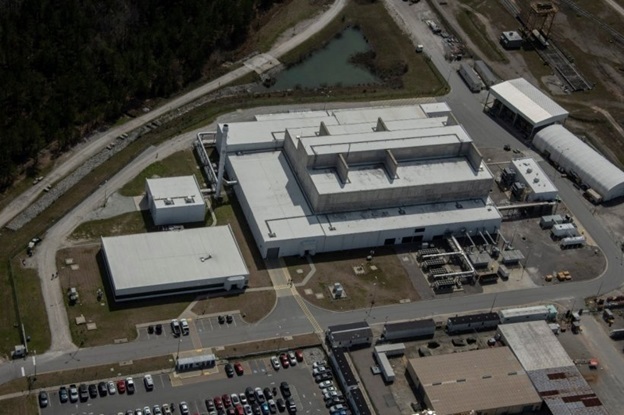An artist's rendering of the HI-STORE facility (Image: Holtec)
The Nuclear Regulatory Commission plans to complete its safety review of Holtec International’s proposed HI-STORE consolidated interim storage facility by January 2022. A final licensing decision on the facility will be made in conjunction with the release of the agency’s final safety evaluation report, the NRC said in a July 2 letter to Holtec.
A view of Savannah River’s K Area Complex, where plutonium downblending operations take place. (Photo: DOE)
The Department of Energy’s Office of Environmental Management has doubled the number of work shifts for employees in glove box operations at its Savannah River Site in South Carolina. The increased work pace will help the department meet its commitment to South Carolina to remove surplus plutonium from the state, the DOE said.
NWMO geologists study rock formations in the Ignace area of Ontario, Canada.
Canada’s Nuclear Waste Management Organization is studying the geology of the Ignace, Ontario, area to confirm its suitability as a site for a deep geologic repository for spent nuclear fuel and high-level radioactive waste. Ignace is one of two areas the NWMO is investigating as possible host sites for a repository, with South Bruce, Ontario, being the second area.
Aerial view of the Morris Operation in Illinois. (Image: GE Hitachi)
The Nuclear Regulatory Commission has begun its review of GE Hitachi’s application to renew the license of its Morris Operation, the spent nuclear fuel storage facility in Grundy County, Ill. Notice of the 20-year license renewal application, along with an opportunity to request a hearing or petition for leave to intervene by August 30 was published in the June 30 Federal Register.
Col. John Litz, of the USACE Baltimore District, examines the containment vessel door of the SM-1A deactivated nuclear power plant during a site visit in April 2019.
The U.S. Army Corps of Engineers is set to begin decommissioning SM-1A, the mothballed nuclear power reactor at Fort Greely, in Alaska, beginning next year, a project that is expected to take approximately six years. The USACE said it expects to release a request for proposals soliciting contractor bids for the decommissioning and dismantlement project by late summer.
From left, SRNS mechanic Todd Cockrell, engineer John Bradley, and project manager Joao Cardoso-Neto plan the removal of a vapor extraction unit at the Savannah River Site. (Photo: DOE)
Department of Energy site contractors Savannah River Nuclear Solutions and Savannah River Remediation received high marks from a recent independent audit of their environmental management work at the Savannah River Site in South Carolina.
A map of the Waste Isolation Pilot Plant underground, with a focus on Panels 7 and 8 at right. (Source: DOE EM)
The amount of salt mined so far from Panel 8 at the Department of Energy’s Waste Isolation Pilot Plant (WIPP) is a lot. The DOE’s Office of Environmental Management (EM) compared the amount to the weight of more than 46,000 Ford F-150s, about 16,000 African bush elephants, nearly 510 Boeing 747s, two Titanics, or enough to coat the rims of 3.6 million margarita glasses.
Miners working 2,150 feet underground extract the salt using grinders called continuous miner machines to create space to place defense-related transuranic (TRU) waste.
With WIPP’s Panel 8 scheduled for completion in a little more than half a year, crews recently crossed the 100,000-tons-mined threshold and, as of mid-June, are at 105,000 tons removed from the panel.
Hunterston B’s pile cap and fueling machine. (Photo: EDF)
The U.K. government and EDF have agreed to improved arrangements for the decommissioning of Britain’s seven advanced gas-cooled reactor nuclear power plants, which are due to reach the end of their operational lives this decade.
A train pushes a container full of old equipment from H Canyon to a Savannah River Site disposal facility to make way for a new spent nuclear fuel dissolving campaign. (Photo: DOE)
The Department of Energy is preparing for an upcoming campaign to dissolve stainless-steel-clad spent nuclear fuel at its Savannah River Site in South Carolina by installing a new dissolver and an additional double-sized tank for storing dissolved material.
The Waste Isolation Pilot Plant in southeastern New Mexico.
The Department of Energy’s Office of Environmental Management has issued a final request for proposals for a transportation services contract for the Waste Isolation Pilot Plant in southeastern New Mexico. The current WIPP transportation services contract, held by CAST Specialty Transportation, expires on May 27, 2022.
Demolition of the last of 11 structures at the former Y-12 Biology Complex at Oak Ridge was completed in June, and the removal of the building’s slab foundation is scheduled to be completed this fall. (Photo: DOE)
Crews with the Department of Energy’s Office of Environmental Management (EM) have completed the demolition of Building 9207, the largest and final building at the former Biology Complex at the Y-12 National Security Complex in Oak Ridge, Tenn., the DOE announced this week. Removal of the massive six-story, 255,000-square-foot building ushers in a new chapter of transformation at Y-12, the DOE said.
The Chernobyl site in 2017 following the placement of the New Safe Confinement structure. (Photo: EBRD)
No matter the discipline, reporting on technical issues for a mass audience is fraught with pitfalls. To make the subject understandable to the layperson, authors make generous use of analogies, which are inherently incomplete and tenuous, like a stone house being built on swampland.
Likewise, in an effort to garner as many clicks or views as possible, reporters and news outlets will often resort to sensationalism, making the news being reported more dramatic than it is. (To be fair, those supplying the news can also be guilty of sensationalism in their hunger for media coverage.)
A view of the Savannah River Site’s Salt Waste Processing Facility. (Photo: DOE)
The Salt Waste Processing Facility at the Department of Energy’s Savannah River Site has performed largely as expected, processing more than one million gallons of radioactive waste during its first eight months of operation, the DOE reported on June 8. The SWPF is being used to treat the majority of the site’s remaining liquid radioactive waste, generated from the production of nuclear materials.
The Waste Isolation Pilot Plant in southeastern New Mexico.
The Department of Energy has issued a final request for proposals for a 10-year, $3 billion management and operating contract for the Waste Isolation Pilot Plant near Carlsbad, N.M. The current M&O contract, held by Nuclear Waste Partnership, expires on September 30.
A loaded waste container at the site of the former Plutonium Finishing Plant is surveyed to ensure that it is safe for transfer to Hanford’s on-site disposal facility. (Photo: DOE)
Final cleanup activities at the Hanford Site’s demolished Plutonium Finishing Plant have resumed following a pause in work prompted by the COVID-19 pandemic, the Department of Energy announced. Crews with the DOE’s Richland Operations Office and site contractor Central Plateau Cleanup Company will remove, package, and dispose of rubble remaining from the demolition of the plant’s plutonium reclamation facility, which was torn down in 2017.
The new sign at the Indian Point Energy Center. (Photo: Holtec)
The transfer of the Indian Point nuclear power plant from Entergy to Holtec International and its subsidiaries was completed last week. Under the asset transfer deal, Holtec Indian Point becomes owner of the closed plant, with Holtec Decommissioning International serving as the site’s license holder and decommissioning operator.



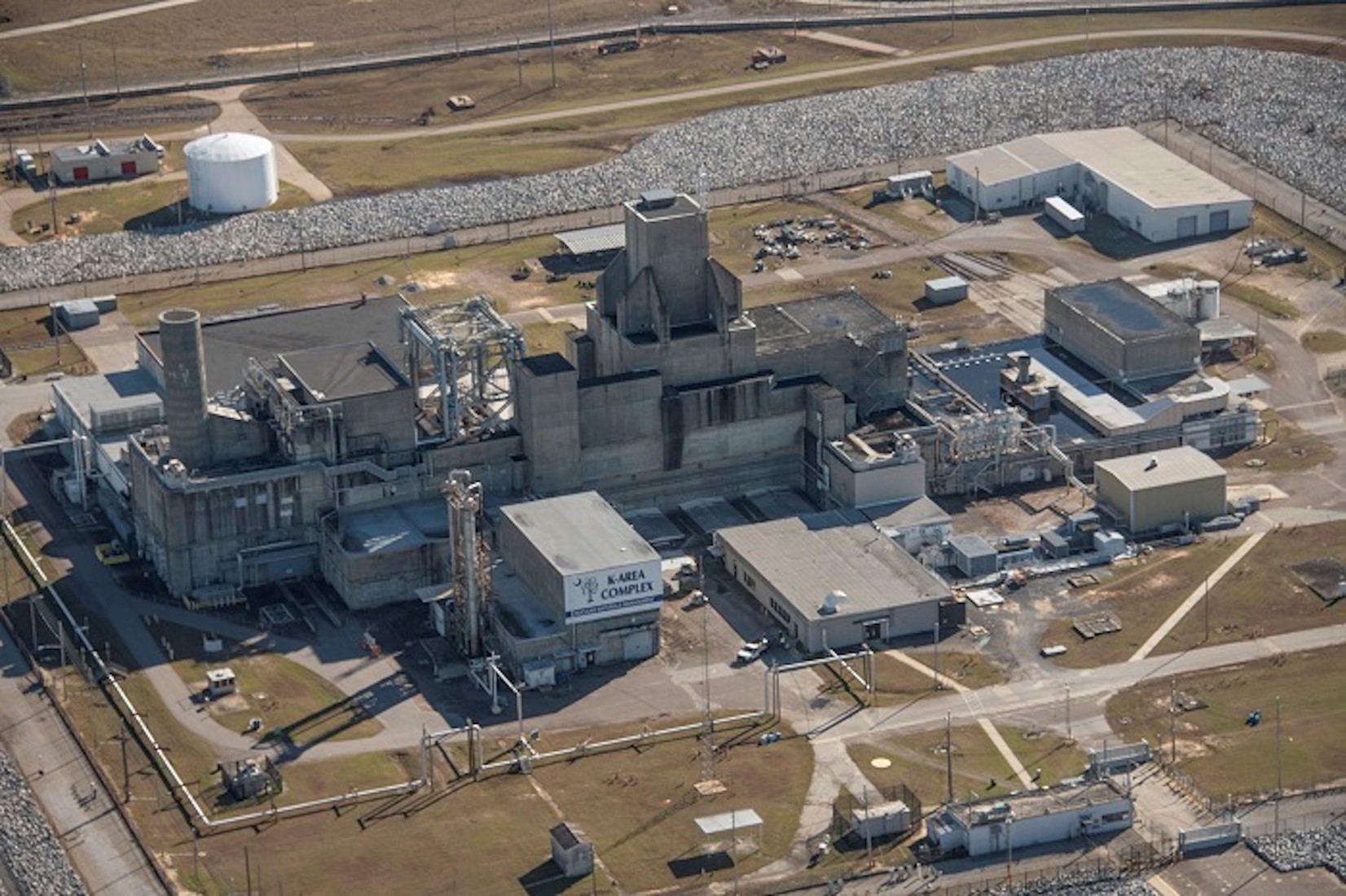

 2x1.jpg)
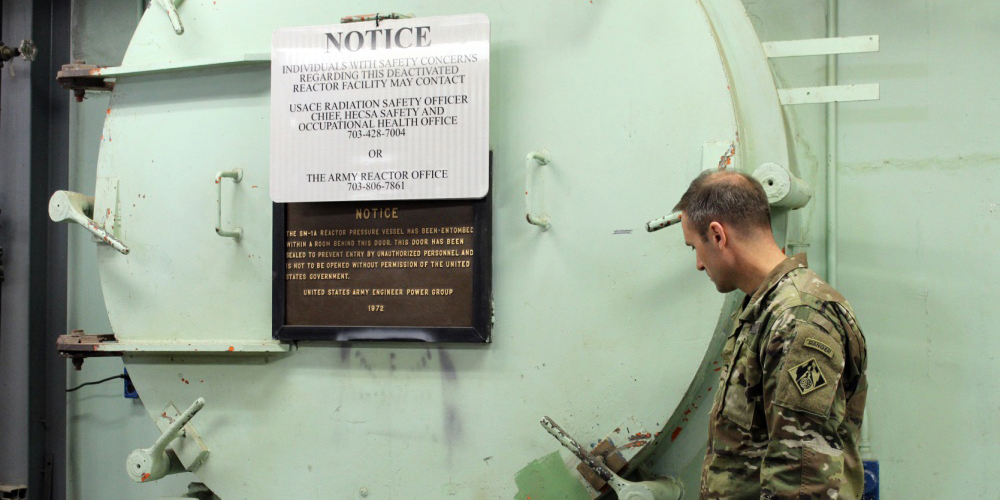



 Noting the challenges Japan will face in managing the nuclear waste that will be generated from decommissioning 79 of its nuclear research and development facilities, the International Atomic Energy Agency is recommending that the country prepare for delays in the development of disposal facilities and provide appropriate waste storage capacity for the interim period.
Noting the challenges Japan will face in managing the nuclear waste that will be generated from decommissioning 79 of its nuclear research and development facilities, the International Atomic Energy Agency is recommending that the country prepare for delays in the development of disposal facilities and provide appropriate waste storage capacity for the interim period.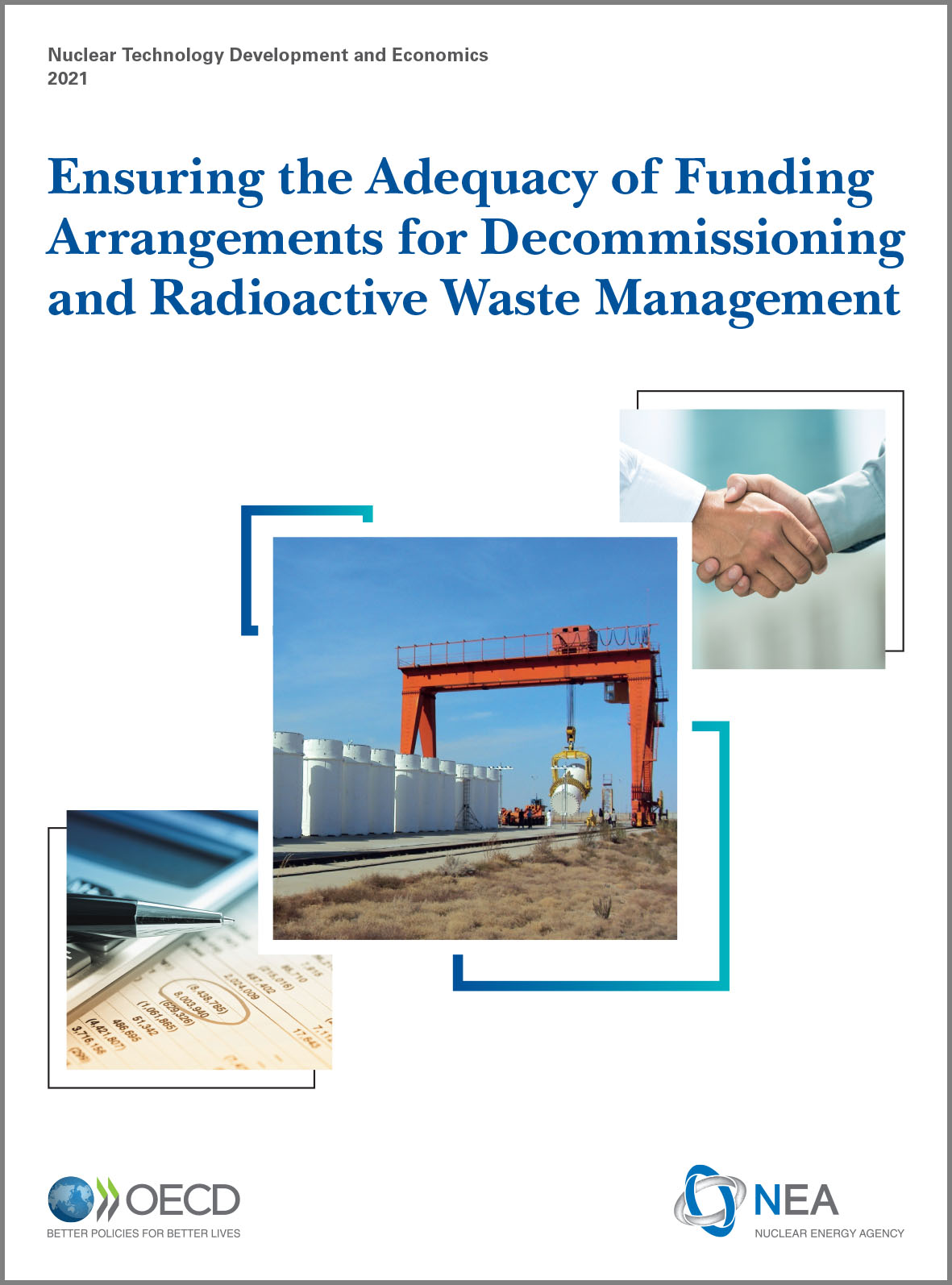 A report by the OECD Nuclear Energy Agency proposes a new approach to assessing the financial adequacy for undertaking nuclear decontamination and decommissioning projects and high-level radioactive waste management.
A report by the OECD Nuclear Energy Agency proposes a new approach to assessing the financial adequacy for undertaking nuclear decontamination and decommissioning projects and high-level radioactive waste management.
